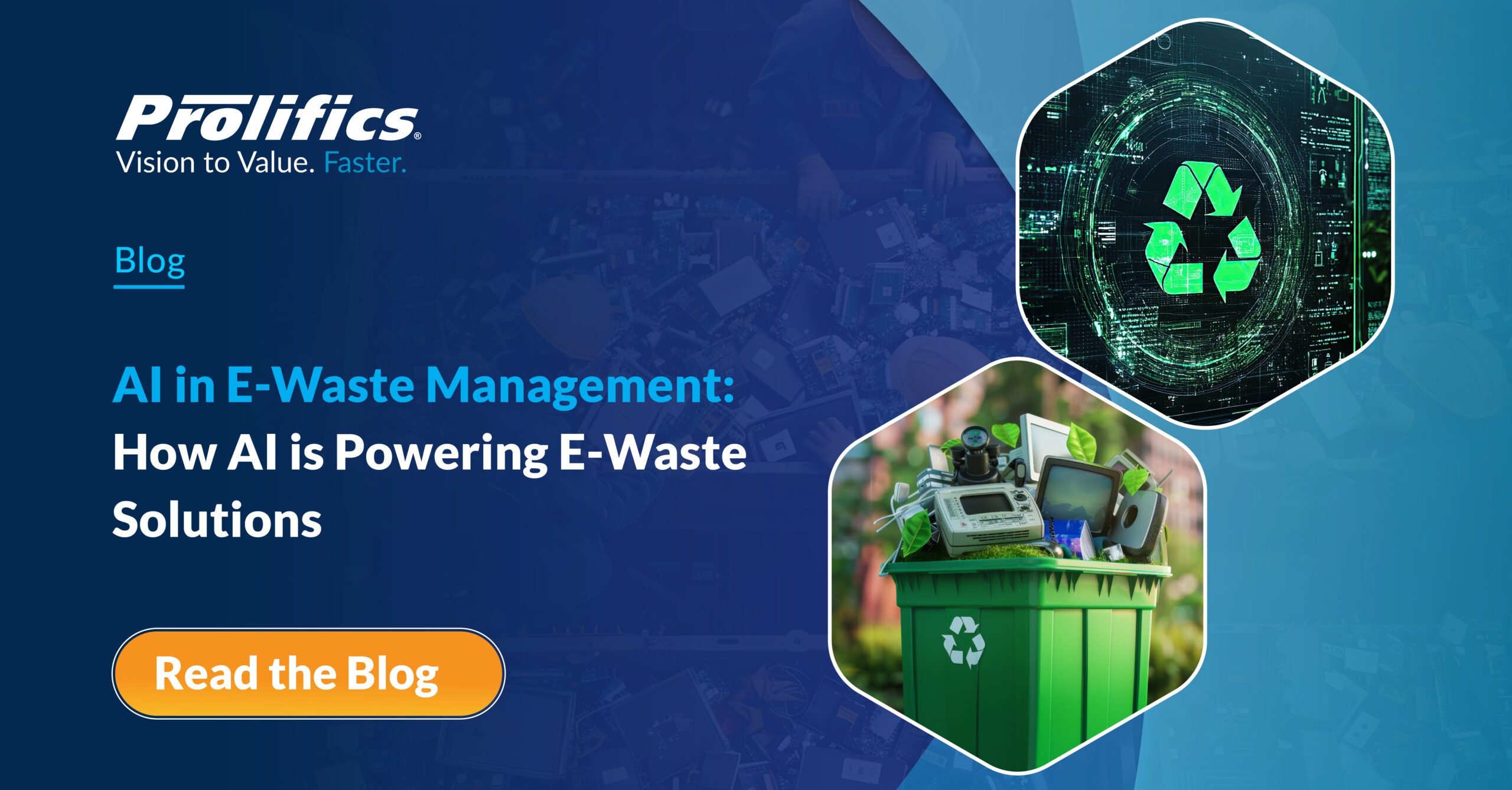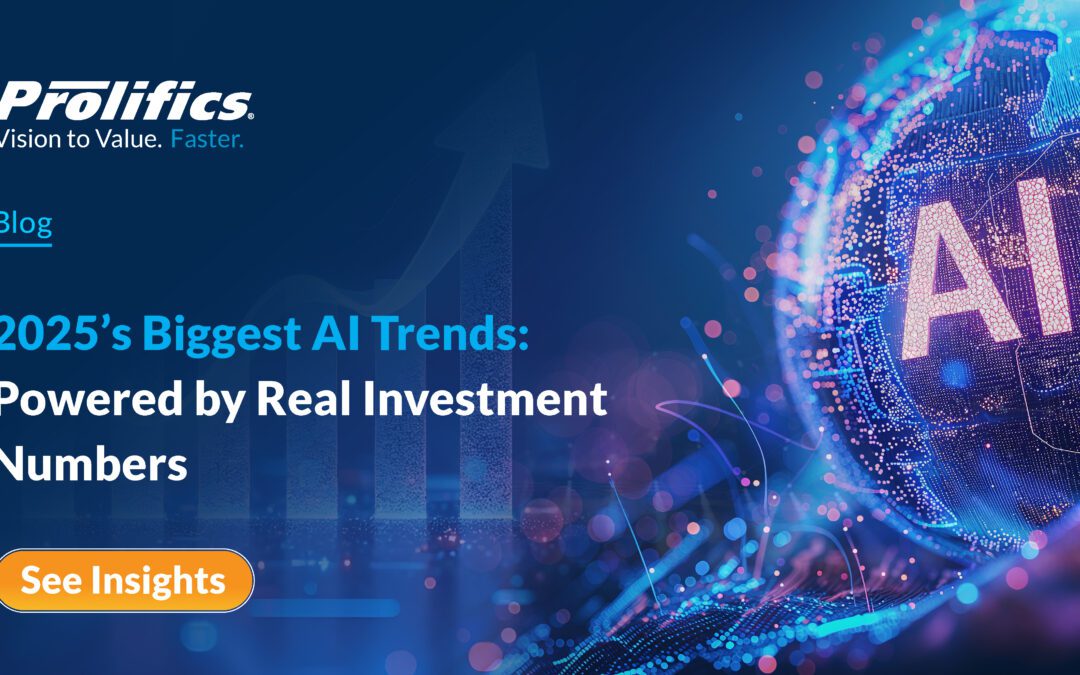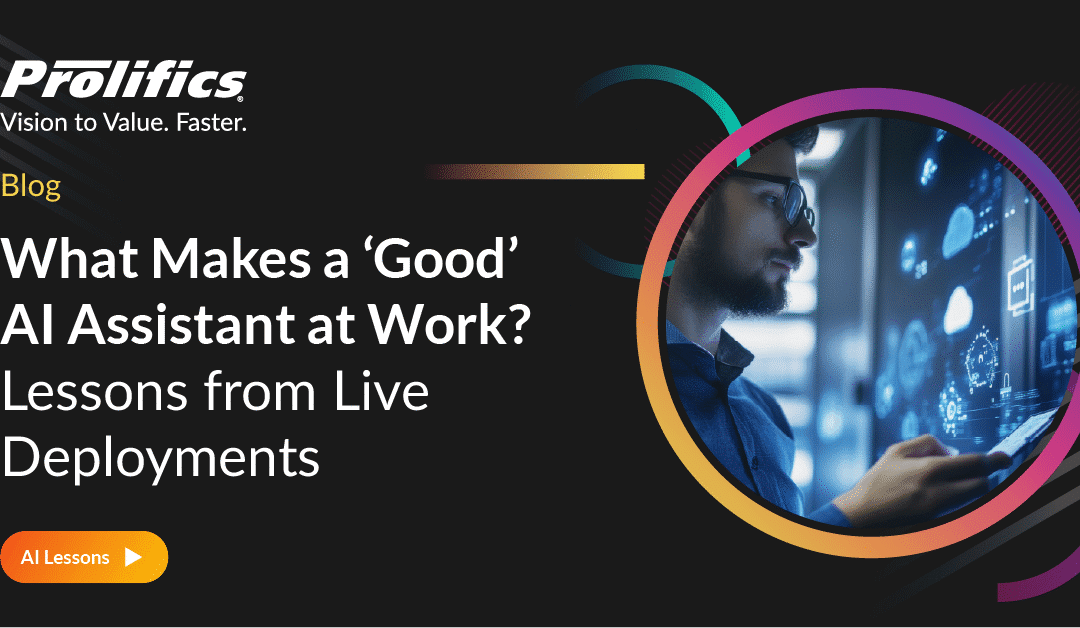The rapid growth of digital devices, from smartphones to smart appliances, has triggered a parallel surge in electronic waste (e-waste), now one of the fastest-growing global waste streams. Managing this challenge has become a pressing sustainability priority for governments and industries alike. Artificial Intelligence (AI) is a game changer in waste management by powering intelligent sorting systems, automating recycling workflows, and optimizing resource recovery. By making these operations smarter and more scalable, AI is driving both efficiency and environmental responsibility.
In a recent Nature Computational Science article, researchers analyzed the electronic waste (e-waste) generated by generative artificial intelligence (GAI), particularly large language models (LLMs), highlighting the significant environmental toll caused by their intensive computational requirements. The Global E-Waste Monitor 2024 reports over 63 million metric tons of e-waste generated globally, yet only 22% is formally collected and recycled.

With stricter environmental mandates and rising ESG expectations, the urgency to reinvent how we manage e-waste is at an all-time high. Artificial Intelligence (AI) is emerging as the transformative solution, delivering precision, sustainability, and scalability to outdated waste systems.
The Challenges of E-Waste Management
Despite increasing awareness, e-waste management struggles with major inefficiencies:
- Lack of standardization: Inconsistent labeling complicates recycling and recovery.
- Manual, hazardous processes: Human sorting is slow, risky, and prone to errors.
- Data privacy concerns: Improper disposal of devices risks serious data breaches.
- Regulatory inconsistencies: Compliance varies drastically across countries.
- Limited traceability: Poor tracking from disposal to recycling erodes accountability.
Traditional systems can no longer keep up with the volume and complexity. A smarter, scalable solution is needed, and AI delivers just that.
AI: Transforming the E-Waste Lifecycle
AI offers automation, intelligence, and real-time decision-making across every phase of e-waste management. Here’s how:
- Smart Sorting
AI-powered computer vision rapidly identifies and separates components, like lithium-ion batteries or printed circuit boards, boosting sorting speed, material purity, and safety.
- Predictive Collection
Machine learning models forecast when and where e-waste will be generated, optimizing pickup routes and reducing collection costs.
- Robotic Dismantling
AI-guided robots dismantle devices without damaging valuable parts. With reinforcement learning, they adapt to new device models without reprogramming.
- Secure Data Wiping
AI assesses risk and triggers tailored data sanitization workflows, ensuring sensitive data is permanently erased before devices are recycled or reused.
- Material Recovery Optimization
AI analyzes e-waste to detect valuable materials (like cobalt, gold, and rare earths) and recommends the most energy-efficient extraction methods.
Real-World AI Applications in E-Waste
Pioneers across the globe are already proving AI’s impact in action:
- AI Waste Platforms: Leverage AI and IoT to enhance material traceability and routing logistics.
- ITAD Providers: Use AI to automate compliance documentation, ensuring enterprises meet regulatory obligations effortlessly.
- ZenRobotics (Finland): Developed the first AI-driven robotic waste sorting system, capable of over 4,000 precision picks per hour.
- AMP Robotics (USA): Uses the AMP Neuron™ AI platform to sort over 80+ categories of materials, reducing costs by up to 70% while increasing recovery efficiency.
AI Advancements Fueling E-Waste Innovation
Breakthroughs are supercharging AI’s role in waste management:
- Edge AI Devices: Enable faster, localized decision-making in robotic systems.
- Multispectral Imaging: Improves recognition of damaged or layered components.
- Natural Language Processing (NLP): Automates interpretation of compliance rules across regions.
- Digital Twins: Virtual replicas of recycling facilities help simulate and optimize workflows before real-world implementation.
AI Meets Compliance: Global E-Waste Regulations
AI not only improves efficiency, but it also enhances compliance with global regulatory frameworks, including:
- WEEE Directive (EU) – Mandates extended producer responsibility.
- R2v3 Standard (USA) – Focuses on secure, sustainable recycling.
- India’s E-Waste Rules – Imposes obligations on producers and recyclers.
- China’s Circular Economy Law – Prioritizes eco-design and reuse.
- Basel Convention – Regulates cross-border hazardous waste trade.

AI automates reporting, data logging, and verification, simplifying global compliance.
Conclusion
As electronic waste continues to grow at an alarming rate, the integration of Artificial Intelligence into e-waste management offers a timely and transformative solution. From automating sorting and dismantling processes to predicting recycling outcomes and optimizing resource recovery, AI is streamlining operations while reducing environmental impact. By enabling smarter, faster, and more sustainable systems, AI empowers industries and governments to tackle the global e-waste crisis head-on. However, widespread adoption requires strategic investment, global collaboration, and continued innovation. Embracing AI in e-waste management isn’t just a technological upgrade, it’s a crucial step toward a cleaner, more circular digital future.
How Prolifics Can Help
At Prolifics, we combine AI expertise with sustainability-driven solutions. Our capabilities include:
- AI-based automated classification and sorting
- Predictive analytics for e-waste logistics
- Seamless integration with ERP and compliance systems
- Cloud-native platforms for scalable regulatory reporting
With decades of experience in digital transformation and intelligent automation, Prolifics helps you build a sustainable future where innovation meets responsibility.
👉 Learn more about our AI-powered solutions for sustainability
Contact Us







